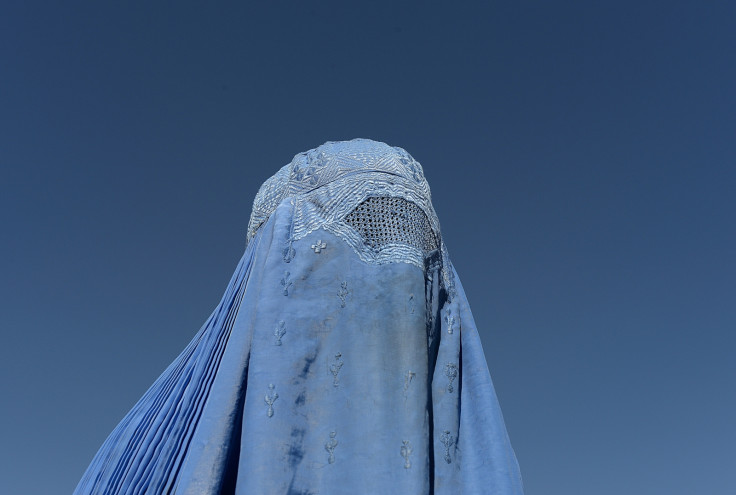What is the difference between the hijab, niqab and the burqa?
Islamic headscarves and dress codes are a contentious topic in Europe.
The Islamic veil debate is about religion, tolerance and identity – and it is an issue European countries have wrestled with for years.
The row has been reignited once again with news that employers in the European Union are entitled to ban workers from the "visible wearing of any political, philosophical or religious sign" – which includes headscarves worn by Muslim women.
France became the first European country to ban the burqa in 2004, with a clampdown on pupils in state-run schools displaying religious symbols, including headscarves. In 2011, the French government introduced a total ban on full-face veils in public. Austria became the latest European country to ban the full-face veil in public spaces in January.
The debate takes in religious freedom, women's equality, secularism and the right for an individual to decide whether they want to wear a veil. It is also part of a wider discussion about multiculturalism and the inclusion of minority groups in Europe.
What is the difference between Islamic veils?
Hijab
Hijab is an Arabic word meaning 'barrier' or 'partition' and refers to the act of covering up, but it normally refers to a type of headscarf worn to cover the head and chest. Commonly worn in the West, the hijab comes in different colours and covers the hair but leaves the face open.

Niqab
The niqab is a veil for the face that leaves the area around the eyes visible, and is worn to accompany a headscarf. The majority of scholars argue the niqab is optional. It is more commonly worn in Arab countries including Saudi Arabia, Yemen, Oman and the United Arab Emirates, but it is also worn in the West. It can be worn with a separate eye veil.

Burqa
A burqa, the most concealing of Islamic veils, is an outer garment that covers the entire body. A mesh is often left to cover the face and eyes, which can be turned up if the woman wants.

Abaya
This cloak-like garment covers the whole body but not the head, but it can be worn with a headscarf. It does not cover the hands or feet.
Chador
The chador is an open cloak worn by many women in Iran. It is draped over the head and is open down the front of the body, but is held closed by the wearer. Prior to the 1978-1979 Iranian revolution, black chadors were only worn at funerals and during periods of mourning, but now the majority of Iranian women who wear the chador outside wear the black version and keep lighter fabrics for indoors.
Khimar
This long veil covers the hair, neck and shoulders but keeps the face free and hangs to just above the waist.
Shayla
Popular in the Gulf region, a shayla is a rectangular scarf which drapes over the head and is pinned in place at the shoulder.
Al-Amira
This veil consists of two parts, a cap which fits closely to the head and an accompanying scarf.
© Copyright IBTimes 2025. All rights reserved.






















